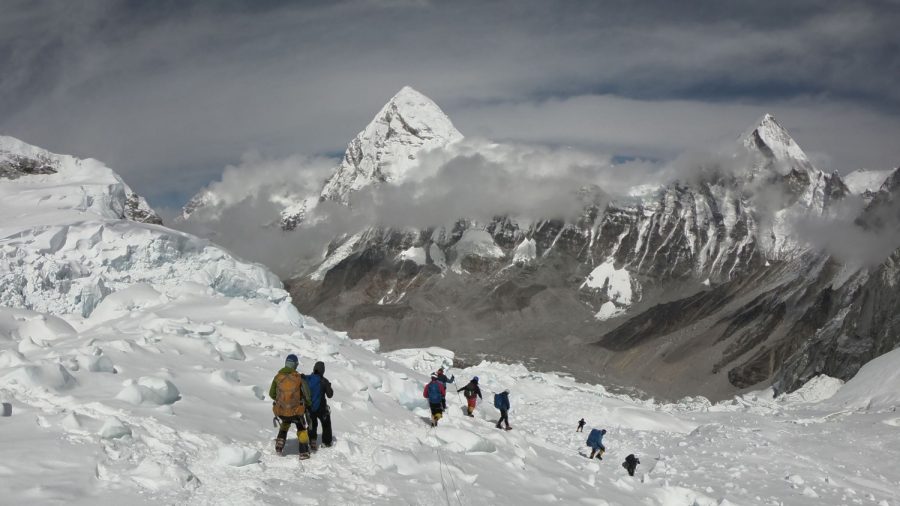In the last two weeks, 11 people died while scaling the earth’s highest peak, Mount Everest. Most of them are believed to have died from altitude sickness or heart issues caused by the high-stress environment.
The most dangerous part of the trek is the so-called “Death Zone,” above 26,247 feet, or 8000 meters, where conditions are too hazardous for humans to survive for long, according to CNN.
Due to the mountain’s enormous attraction to adventurers worldwide, the leniency of Nepalese authorities issuing permits, and bad weather conditions (only three days this year so far were suitable for climbing) traffic jams have built up, with hundreds of people crushed together on a single track, causing some climbers to stay exposed to the hostile high-altitude environment for a lengthy period of time.
The matter gained international attention after a mountaineer named Rohtash Khileri posted videos on Instagram, showing a long line of people in the frigid cold waiting for their ascension.
Because of the altitude at the final phase of the ascent, from Camp Four at 26,247 feet to the 29,035-foot peak, climbers have just hours to reach the top and come back before they risk their lungs filling with liquid, or pulmonary edema, causing respiratory failure, according to Fox News. Under-experienced rookies can also cause delays, with climbers staying too long in the death zone.
The climbing season has just started, but nearly a dozen people already died. One man fell to his death, while most others died suddenly during or shortly after the climb.
Nepal, as one of the poorest countries in the world, has an economy that leans heavily on revenues from the climbing industry, worth $300 million a year.
The Nepali government has issued 381 permits this year—a record—far too many, according to many seasoned alpinists, who have been warning of the dangers.
One mountaineer, Robin Haynes Fisher from Britain, expressed his concerns about the imminent dangers of too many people making the trek on his Instagram page.
“With a single route to the summit, delays caused by overcrowding could prove fatal so I am hopeful my decision to go for the 25th will mean fewer people. Unless of course, everyone else plays the same waiting game,” he wrote on May 19.
A week later, on May 25, he died while returning from the peak.
Veteran climber David Morton told CNN, “The major problem is inexperience, not only of the climbers that are on the mountain but also the operators supporting those climbers.” he continued.
“Everest is primarily a very complicated logistical puzzle, and I think when you have a lot of inexperienced operators as well inexperienced climbers along with, particularly, the Nepal government not putting some limitations on the numbers of people, you have a prime recipe for these sorts of situations happening.”
The Nepal Mountaineering Association has announced it will press the government for measures to “control the inexperienced climbers from attempting to scale Everest,” reported Fox.
Mira Acharya, a senior official with Nepal’s tourism department told the New York Times, “Certainly there will be some change in the expedition sector. We are discussing reforming some issues, including setting criteria for every Everest hopeful.”

